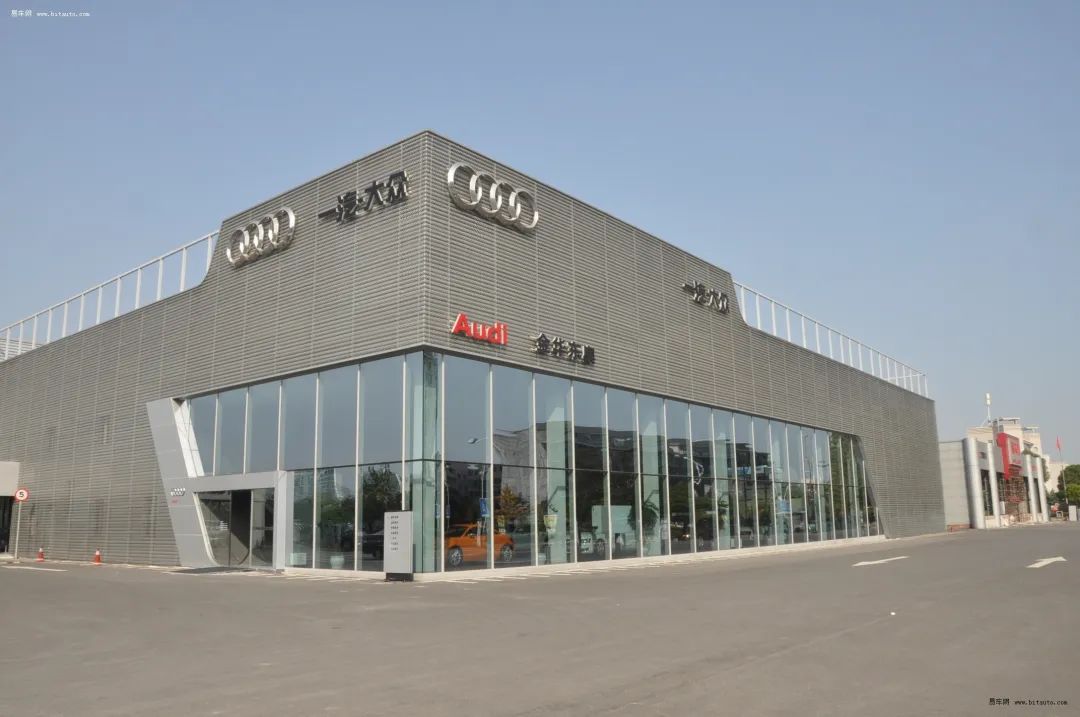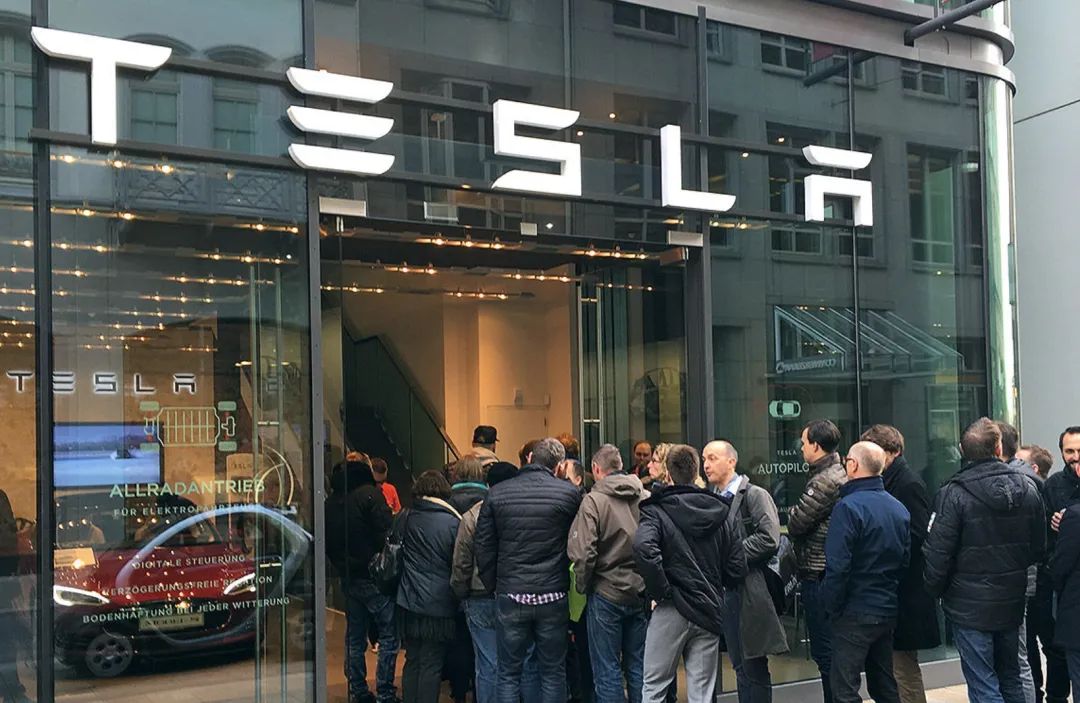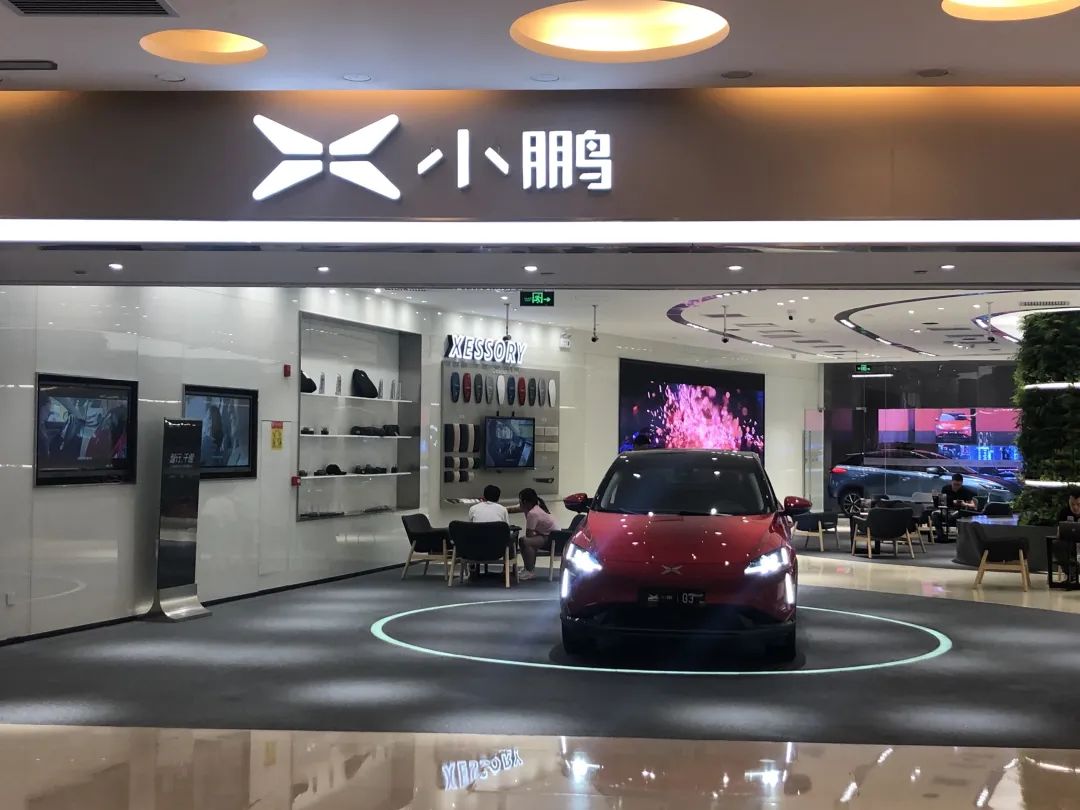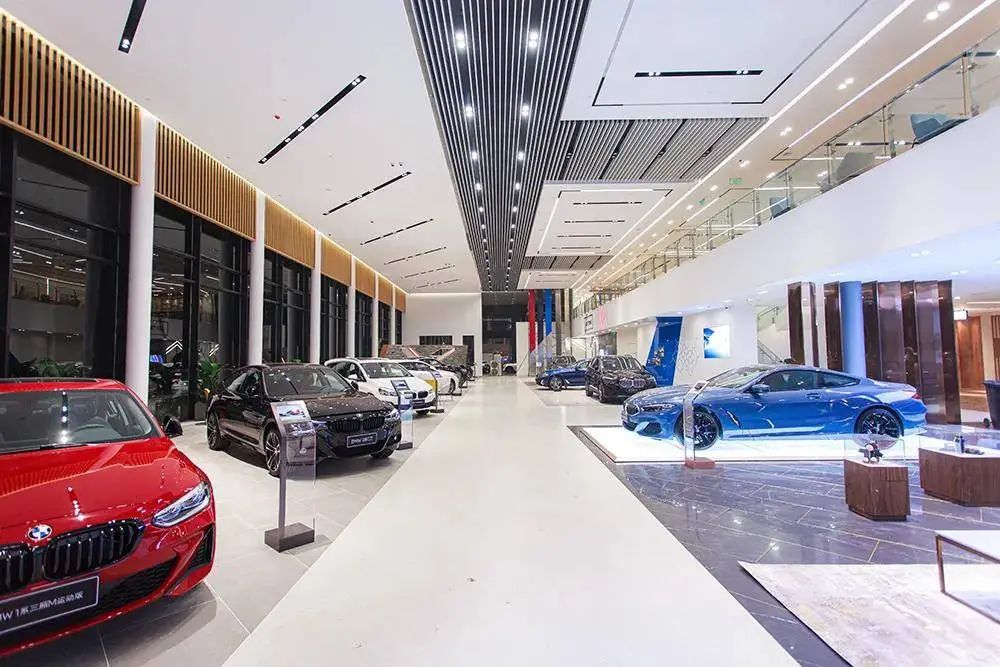If cars can't be sold, joint venture dealers may turn to independent brands
![]() 07/11 2024
07/11 2024
![]() 444
444
Dealers are having an increasingly difficult time. Recently, the China Automobile Dealers Association released the latest issue of the "China Automobile Dealer Inventory Early Warning Index Survey," which revealed a shocking fact: In June 2024, China's automobile dealer inventory early warning index reached 62.3%, an increase of 8.3 percentage points year-on-year and 4.1 percentage points month-on-month.
These data indicate that the inventory warning index is above the threshold line, suggesting that the automobile distribution industry is in a sluggish zone. The primary reason is that manufacturers, in an effort to meet their mid-year targets, have pressured dealers into "trading price for volume," which has consequently led to a significant inventory buildup.
Taking this as a starting point, it is not difficult to observe that there are increasingly more news reports about OEMs reforming their channels.
Undoubtedly, the most notable is Great Wall Motors' transformation into a dual-sales model of "direct sales + dealers." It maintains sales volume through the dealer network while utilizing the direct sales system to build high-end brands and enhance user experience.
Next is XPeng Motors. Since Wang Fengying joined, the company has combined its direct sales and agency models, further reverting to tradition by requiring dealers to maintain inventory.

Thirdly, BYD has officially announced that its mid-to-high-end brands, Tengshi and Fangchengbao, will increase dealer channel models.
Finally, NIO has completed cooperation with dealers through a model where after-sales services replace pre-sales. Specifically, the automaker controls new car sales, while dealers are responsible for after-sales maintenance. Moreover, NIO's dealership requirements are quite high: applicants must have experience serving high-end customers and possess at least five years of experience in luxury brand 4S stores or high-end maintenance centers for their initial application. This is clearly an attempt to poach from traditional luxury brands like BBA.
Focusing on channel reforms, this article attempts to answer the following questions:
1. What are the sales channels for automobiles, and what are their typical characteristics?
2. In the midst of intensifying price wars, what changes will occur in channels?
01
Three Major Modes of Automobile Sales Channels
There are three major modes of automobile sales channels: 4S store mode, direct sales mode, and agency mode.
Let's start with the 4S store mode.
When discussing automobile sales channels, the 4S store mode is unavoidable. The so-called 4S refers to Sales, Sparepart, Service, and Survey, integrating the sales of complete vehicles, spare parts, after-sales services, and market research.
Under the 4S store mode, OEMs act as wholesalers and do not directly interact with consumers, eliminating many cumbersome after-sales processes. The biggest advantage of the 4S store mode is that it allows OEMs to quickly and cost-effectively capture market share, but it also brings an unavoidable side effect: disruption in automobile prices.

In the 4S store mode, OEMs provide dealers with an official suggested retail price. However, since OEMs do not directly interact with the front line, dealers are implicitly allowed to adjust prices based on market conditions – selling popular models at a premium and discounted prices for slow-moving products.
Around 2014, China's automobile market entered the stock era, with growth rates falling to single digits. To maintain attractive sales figures, OEMs pressured dealers to maintain high inventories. Some dealers, motivated by OEM incentives, even began selling cars below their purchase prices, leading to severe price disruptions in the market. As a result, 48% of dealers incurred losses, and by 2019, 80% of dealers experienced price inversions for new cars, with 40% in severe loss positions.
Dealers also need to make a living and cannot keep losing money. So, what can they do? The answer lies in making profits from after-sales services and financial services.
Compared to car sales prices, after-sales services and financial services are less transparent, and dealers tend to exploit consumers more, leading to growing dissatisfaction with 4S stores. Many people have come to refer to 4S stores as "four sons stores." Apart from planting landmines in financial services, some unscrupulous dealers even deliberately damage parts to generate revenue.

After entering the new energy era, price wars erupted, making life even harder for dealers. Moreover, compared to fuel vehicles, new energy vehicles have simpler mechanical structures and lower maintenance costs, exacerbating dealers' difficulties.
Additionally, the new energy era brought about changes in sales channels, dealing another blow to already struggling dealers.
In the era of fuel vehicles, many 4S stores were located far from consumers, so dealers purchased "sales leads" from platforms like Autohome, Yiche, and Dongchedi to expose themselves. However, in 2019, due to the rising prices of "sales leads," OEMs and many dealers publicly severed ties with these platforms.
In summary, while the 4S store mode can reduce OEM costs, someone always has to bear the consequences. Disrupted pricing systems, heavy reliance on after-sales services, and rising "sales lead" costs make it difficult for dealers to sustain operations.
Next, let's examine the direct sales mode.
The automobile direct sales model was first proposed by Tesla. In most US states, automakers are not allowed to sell directly, but Musk was very aggressive, choosing to fight lawsuits state by state until direct sales were established. In China, he was equally uncompromising.

As followers of Tesla, China's new-energy vehicle startups have emulated the direct sales model and even developed their own differentiations.
The most typical example is NIO. To establish its high-end brand image, NIO lavishly invested in building its premium club, NIO House, in top commercial districts. Not only does it sell cars but also offers services like coffee, food, and nurseries. However, the drawbacks are also evident: high rent, high costs, and slow expansion.
Lixiang One can be seen as a one-to-one replica of Tesla, with a relatively small offline space and relatively simple functional forms.
From a location perspective, many brands' direct sales models are typically located in bustling shopping malls, providing an excellent advertising spot and a shortcut for new-energy brands to gain popularity. For OEMs, shopping malls offer the combined advantages of "lead generation + transactions + advertising." However, as the number of models increases, space in shopping malls becomes limited, and cars are not high-frequency consumer goods. These factors predetermine that the shopping mall model will not become the sole sales format for new energy vehicles.
Finally, let's discuss the agency mode.
The essence of the agency system is that OEMs regain pricing power from dealers.
Compared to the 4S store model, the agency system appears to be a win-win solution. Dealers become agents, responsible only for exhibition, invitations, test drives, deliveries, and after-sales services, with profits derived from commissions. This also alleviates inventory and financial pressures. OEMs ensure price transparency and stability, and consumers no longer need to spend time and effort haggling over prices.
This model helps rapidly expand sales channels, but the challenge lies in ensuring consistent service quality. Once slow-moving models are sold, agents may start manipulating terminal prices by secretly lowering prices without OEM approval, leading to the reemergence of the drawbacks of the 4S store model. For OEMs, balancing agent and consumer experiences while formulating correct pricing strategies and sales targets poses a significant challenge.
XPeng Motors initially chose a combination of direct sales and agency but has now returned to the dealer model due to increasing sales pressure.

02
Average online sales, worse offline sales
After understanding the typical characteristics of the three major modes of automobile sales channels, we can draw the following conclusions based on the current market landscape:
Firstly, while this article discusses channel reforms, product strength comes first. If a product's positioning and marketing strategy are flawed, channel reforms alone cannot revive it.
Secondly, when products are similar, if an automaker loses internet traffic, its offline sales will only suffer further.
Before Huawei and Xiaomi entered the market, Lixiang One and NIO were pioneers in internet marketing in the automotive industry. However, their traffic and sales did not convince traditional automakers, who regarded these efforts as mere window dressing.
Now, with Xiaomi SU7 becoming a phenomenal hit, traditional automakers have been thoroughly convinced. They realize that Xiaomi's entry into the automotive industry will inevitably transform its offline sales channels, with the ability to convert its formidable online traffic into offline sales. In such a scenario, online traffic is firmly grasped.

As a result, we see automotive industry leaders being forced to take center stage. Both Great Wall Motors and Chery have started personally engaging in live broadcasts and massively disseminating short video clips. Even NIO's CEO, Li Bin, has begun frequently live streaming and diligently managing his Douyin account.
Lastly, switching sales models is an important signal of an automaker's strategic expansion or contraction.
Through analysis, it is not difficult to understand that switching sales models is essentially an automaker's choice based on its sales performance and capabilities.
Lixiang One CEO Li Xiang once stated that Lixiang One would not authorize any agents or dealers and would always adhere to the direct sales model. Indeed, if sales are good, why share profits with dealers? However, such a stance is based on Lixiang One's strong sales performance. If future sales suffer, whether it will adopt the dealer model remains uncertain.
In May, Porsche dealers' rebellion caused a stir. Not only Porsche but also BBA dealers felt immense pressure. Additionally, more and more joint venture brands are turning to the direct sales model. For example, BMW MINI directly transformed its original dealers into agents and authorized maintenance providers.

As the joint venture brand dealer system becomes less stable, BYD's Tengshi and Fangchengbao brands have begun to attract high-quality dealers with preferential policies, further undercutting BBA's dealer system. Under such generous dealer policies, some BBA dealers, who are accustomed to easy profits but now facing difficulties, may consider joining BYD's marketing system. With such excellent dealers joining, it will undoubtedly boost sales growth for the Tengshi and Fangchengbao brands.
BYD, which is riding high, and BBA, which is showing signs of decline, reflect the increase and decrease in their dealer systems, serving as important microcosms of the rise of China's independent automotive brands.






